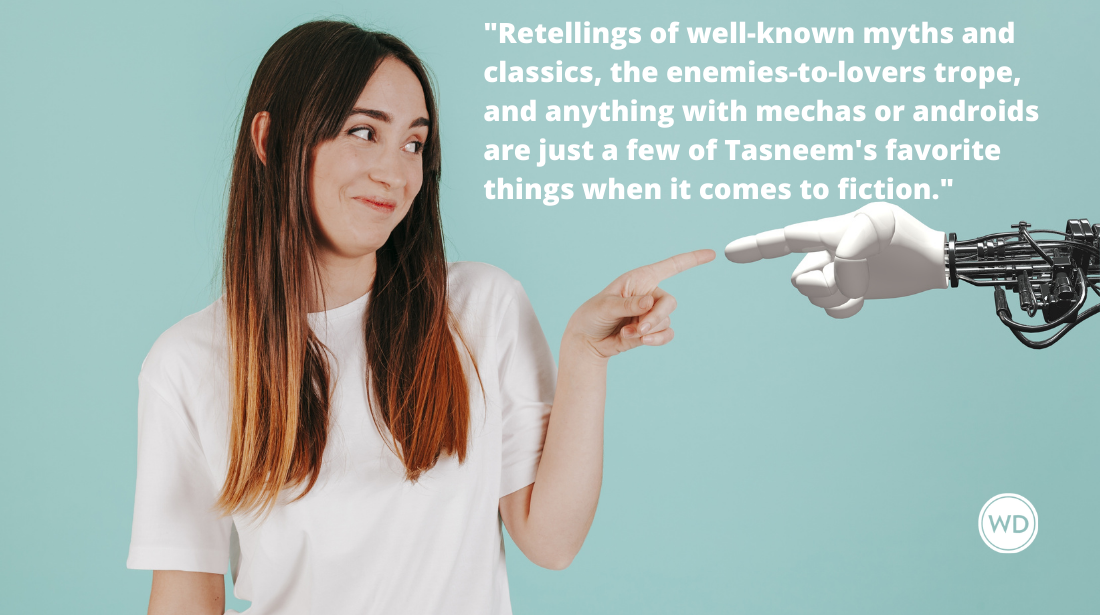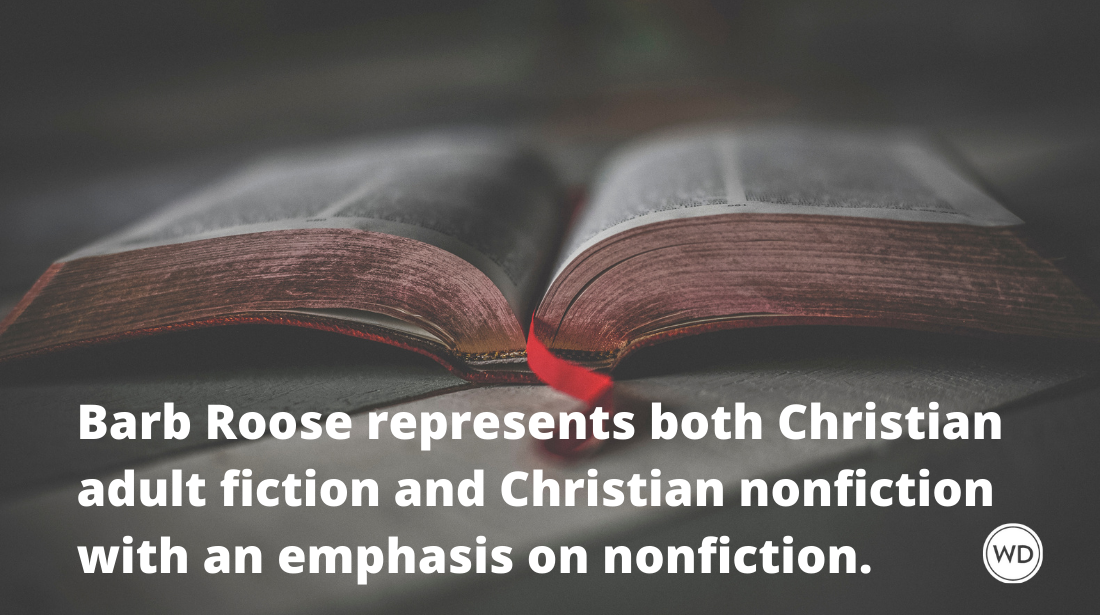Does Your Story Have a Hook or Merely a Gimmick?
Agents are always looking for something different inside their massive slush piles. Something unique and original—a “hook.” I became especially aware of this last summer, while querying agents I was invited by one agent to revise and re-submit my novel. Her main suggestion? A stronger hook. I’ll be honest—the word “hook” has always bothered me. Sure, I understand what it entails—giving your work that extra punch, that unique story idea in order to get the reader interested, and to stand out from the thousands of other trying-to-get-published writers.
Agents are always looking for something different inside their massive slush piles. Something unique and original—a “hook.” I became especially aware of this last summer, while querying agents I was invited by one agent to revise and re-submit my novel. Her main suggestion? A stronger hook.
I'll be honest—the word "hook" has always bothered me. Sure, I understand what it entails—giving your work that extra punch, that unique story idea in order to get the reader interested, and to stand out from the thousands of other trying-to-get-published writers.
But a hook also implies a slight manipulation. The writer's primary goal with a hook is to create instant interest—to bait the hook in a clever way, to reel the reader in. And because of that, a hook can feel shallow, manipulative. And worse, the writer is always in danger of turning the "hook" into a too-obvious gimmick.
In the end, I understood that a solid hook was more benefit than detriment. That it can inject that special “something” into an otherwise bland story. So, I agreed with the agent and decided to revise. Before I brainstormed my hook, I wanted to distinguish for myself the differences between a hook and a gimmick. I discovered three main criteria:
A hook: is creative/original, it “rings true” (feels genuine), and it’s well-executed (flawlessly sustained through the rest of the plot).
A gimmick: is clichéd, it doesn’t ring true, and it’s poorly-executed.
To help me put these differences to the test, I looked at already-produced works as examples (I chose romantic comedies because they often have strong "hooks" to lure movie-goers). Note: I realize that these opinions and selections are entirely subjective...
HOOKS THAT WORK (IN MY OPINION)
- 27 Dresses. Hook: A single woman has been in 27 weddings as a bridesmaid, meets a jaded single guy she dislikes, then they fall in love. At first, the hook appears to be a total cliché (always a bridesmaid…), but is made original by the actual 27 dresses that the protagonist keeps stuffed away in her closet. That’s quirky. That’s different. Plus, the execution of the hook and strong plot is sustained nicely until the end.
- While You Were Sleeping. Hook: A woman falls in love with a stranger, who falls into a coma after she rescues him, who has a brother who falls in love with the woman "while he's sleeping." Extremely creative and unique hook. I admit—when I first saw this movie trailer, I thought the concept was silly. But the film was so charming, so well-written, that it sucked me in, and became one of my all-time favorites.
- What Women Want. Hook: An arrogant, self-centered man has an accident with a hair dryer and can suddenly hear women’s thoughts. Because of this new gift, he ends up learning to appreciate women in a way he never had before. Not only does this plot contain a clever, creative hook that’s sustained throughout the movie, but there’s also a lot of heart and soul, with the opportunity to watch a character grow.
HOOKS THAT TURNED INTO GIMMICKS (IN MY OPINION)
- Sleepless in Seattle (Yes, I’m treading on sacred ground here, as most women would probably choose this as their favorite-ever rom-com). Gimmick: Two people discover each other, long-distance, through a talk radio show. Not a terribly-unique premise. What turned this into a gimmick for me (besides a weak hook), was the follow-through. We never got to see their relationship develop, and I felt like the movie truly began when they laid eyes on each other and walked into the elevator. It left me dissatisfied.
- P.S. I Love You. Gimmick: A grieving widow is “visited” by her deceased husband through his beyond-the-grave messages, to help her heal and move on with her life. Actually, a sweet and unique hook on the surface, but for me, the weak writing and silly flashbacks couldn’t live up to the hook, thus turning the hook into a gimmick. Good hook, poor execution.
- One Fine Day. Gimmick: Hard-working single parents suffer a series of mishaps in one day’s time, and end up falling in love. Not even the dream team of Clooney and Pfeiffer could save this movie. The premise (mere fluff) was boring from the start, and though it contained some cute moments, the plot felt contrived and the writing fell flat.
Looking at these examples, it seems that creativity, authenticity, and execution are what set the hook apart from the gimmick. So, if you’re trying to create an enticing hook for your novel, first throw away all clichés, and then work hard to keep the hook authentic and sustainable all throughout the novel. If you do that, you’ll have your readers … hooked!
Traci Borum teaches creative writing at the college level. She's written for Today's Christian Woman magazine, as well as the New Texas Journal. Currently, she's working on a women's fiction series. She also runs a writing blog.






